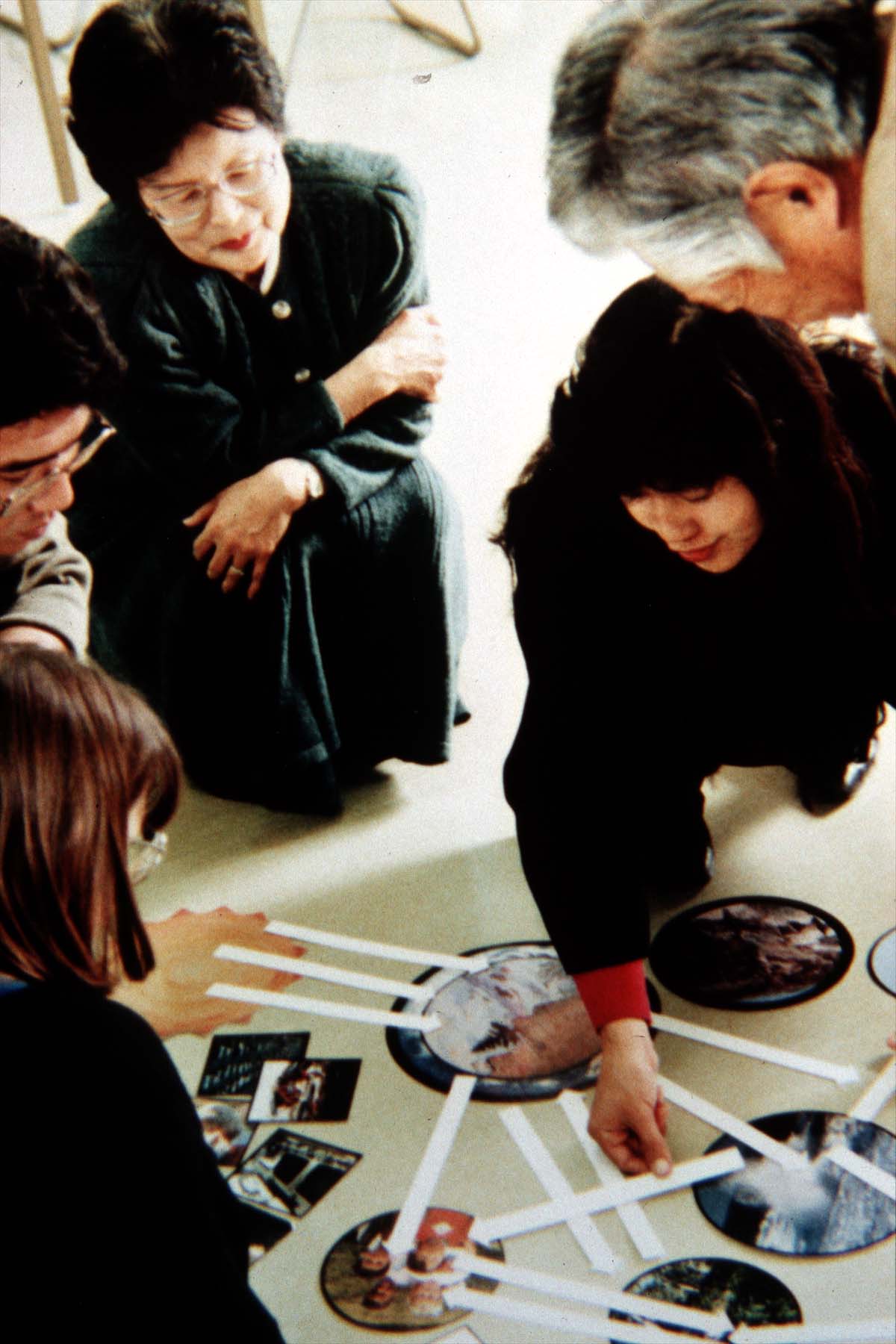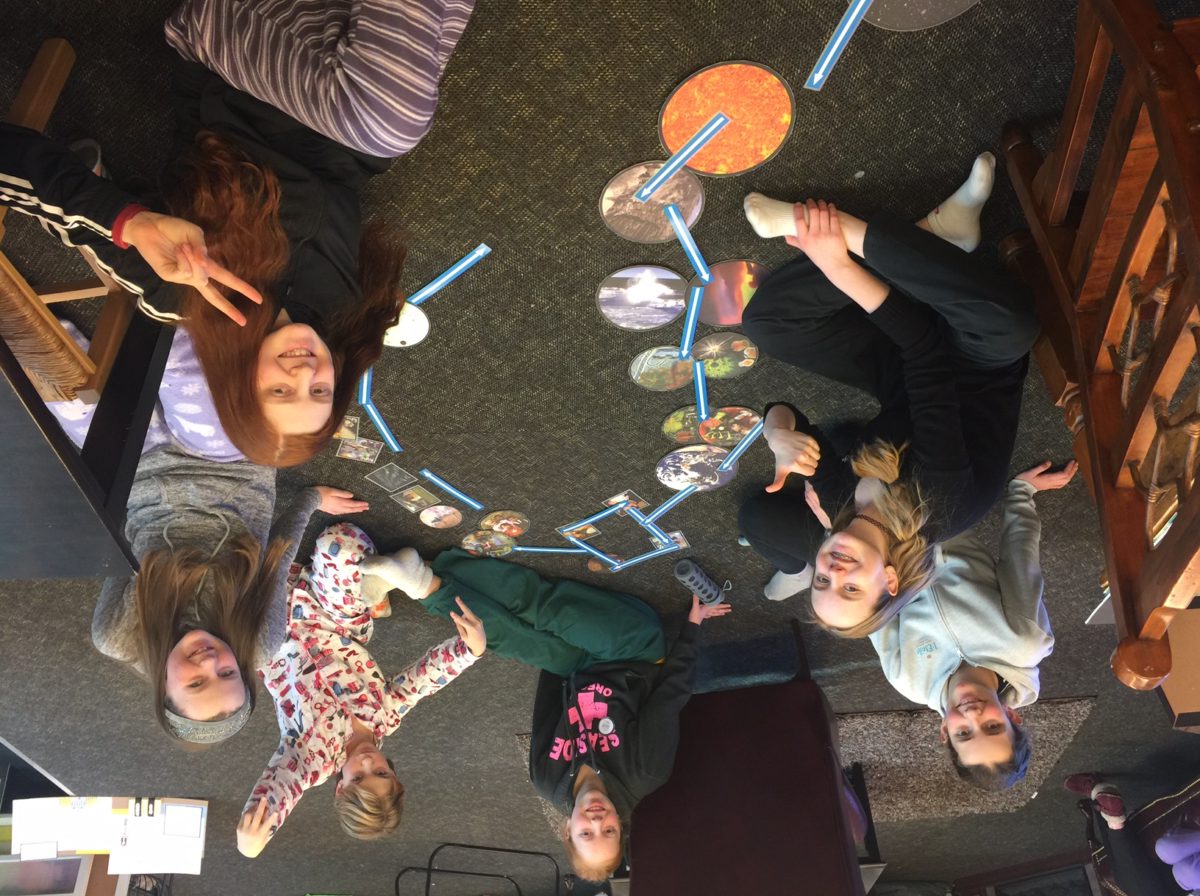Our Planet, Our Home

Our Planet, Our Home is a mobile mind map designed to help children and adults understand the inter-relationships that exist on Earth and in the cosmos.
This mobile mind map materials are used to demonstrate how Earth’s systems and cycles work together in a system of inter-dependent relationships. It is also an experience in exploring today’s ecological challenges and seeking insights into solutions.
Our Planet, Our Home is, above all, exploratory. Emphasis is placed on process, conversation, and experience as a means of enriching knowledge and understanding.
The materials are based on the philosophy that it is more important to listen to the learner’s concept of relationships than to “give” a learner the “correct” answers. Question become more important than answers. The process of inquiry and discovery allows participants to determine for themselves how the different Earth systems work in natural harmony.
You may order Our Planet, Our Home materials by filling out the form below. This will take you to a PayPal secure online payment page.
The cost for one boxed copy of Our Planet, Our Home is USD $29.00 plus $10.50 S&H.
Please contact us if you want a price on six or more copies or are interested in distributor discounts.
OPOH Order Form

Content
The picture material includes:
(1) Spiral Galaxy
(1) Sun
(1) Earth
(1) Atmosphere
(1) Hydrosphere
(1) Lithosphere
(1) Biological Cycle
(5) Kingdoms (Bacterial, Protoctista, Fungi, Plantae, Animali)
(1) Humans
(1) Soil
(1) Biosphere
(7) Square cards representing various aspects of human activity: transportation, shelter, clothing, communication, play, and love.
(16) Arrows

The Images
These images provide participants with various aspects of the Gaian landscape, enabling them to create a context and meaning based on experience and knowledge. Facilitators of Our Planet, Our Home work with individuals and groups to further demonstrate the systemic nature of Gaia and the human interface with these natural processes.
We suggest that when working with groups of learners (aged 12 through adult) you will need a minimum of three sets. In this way a group of 15 participants would work in three groups of five.